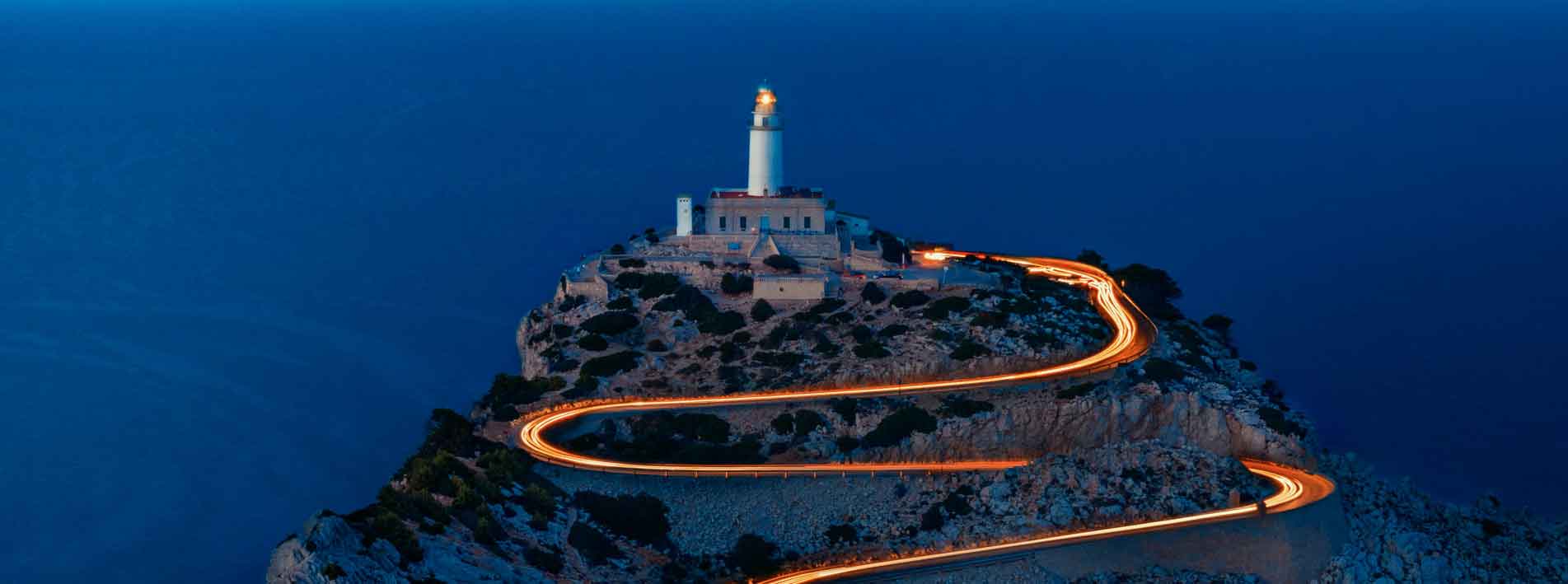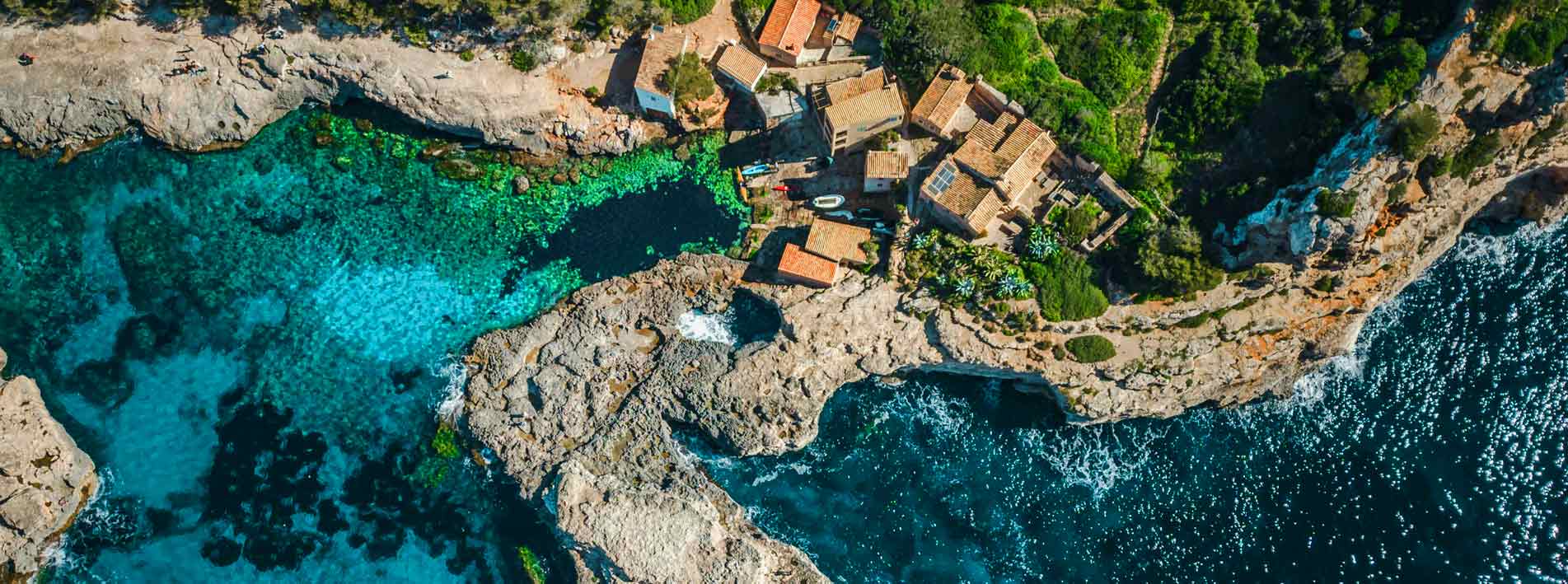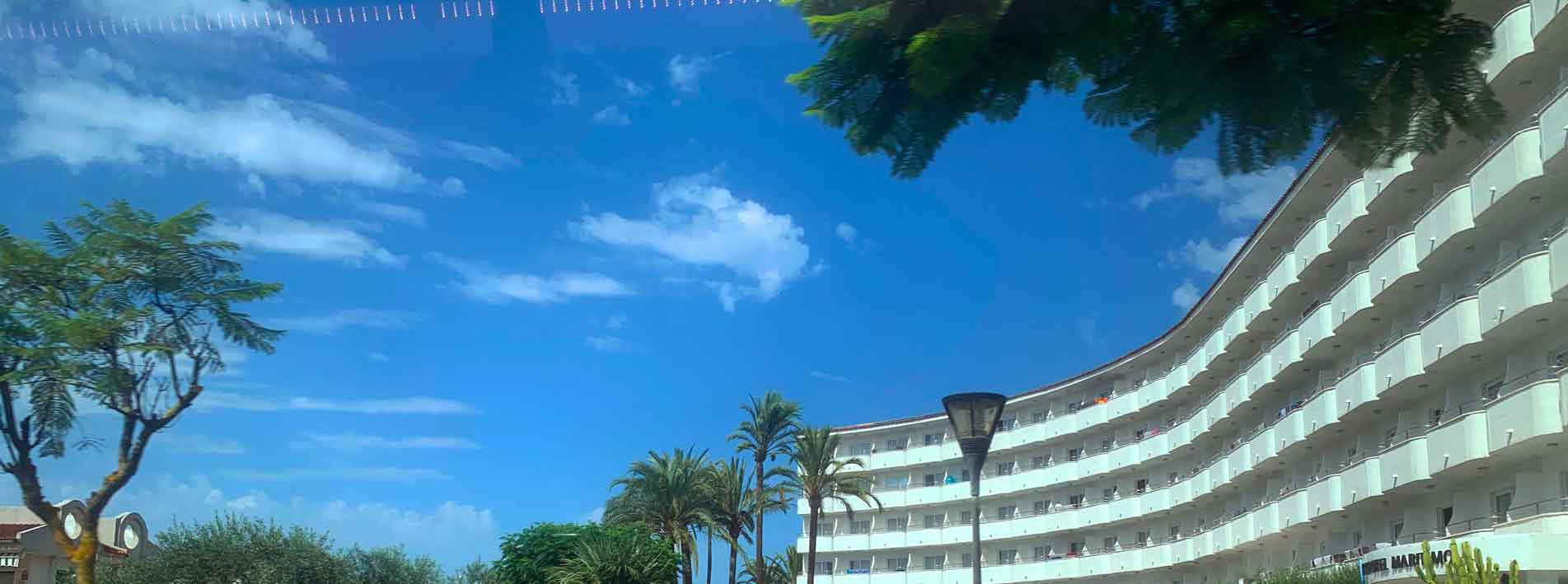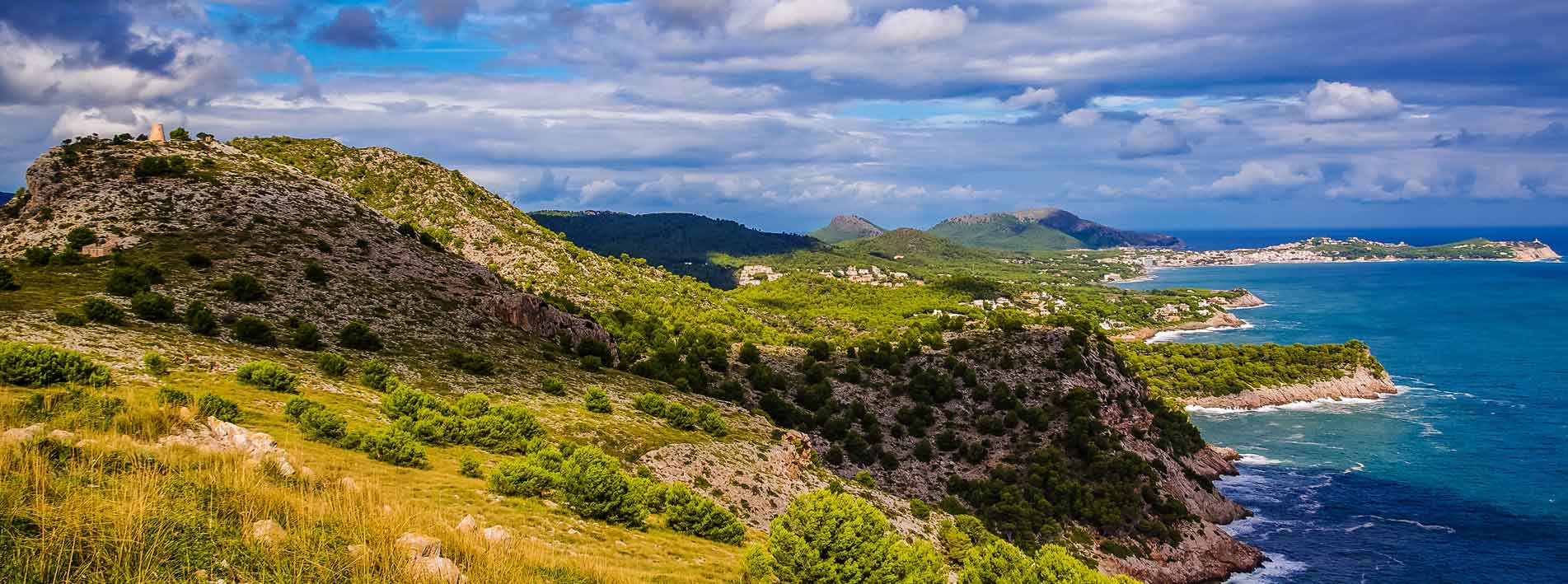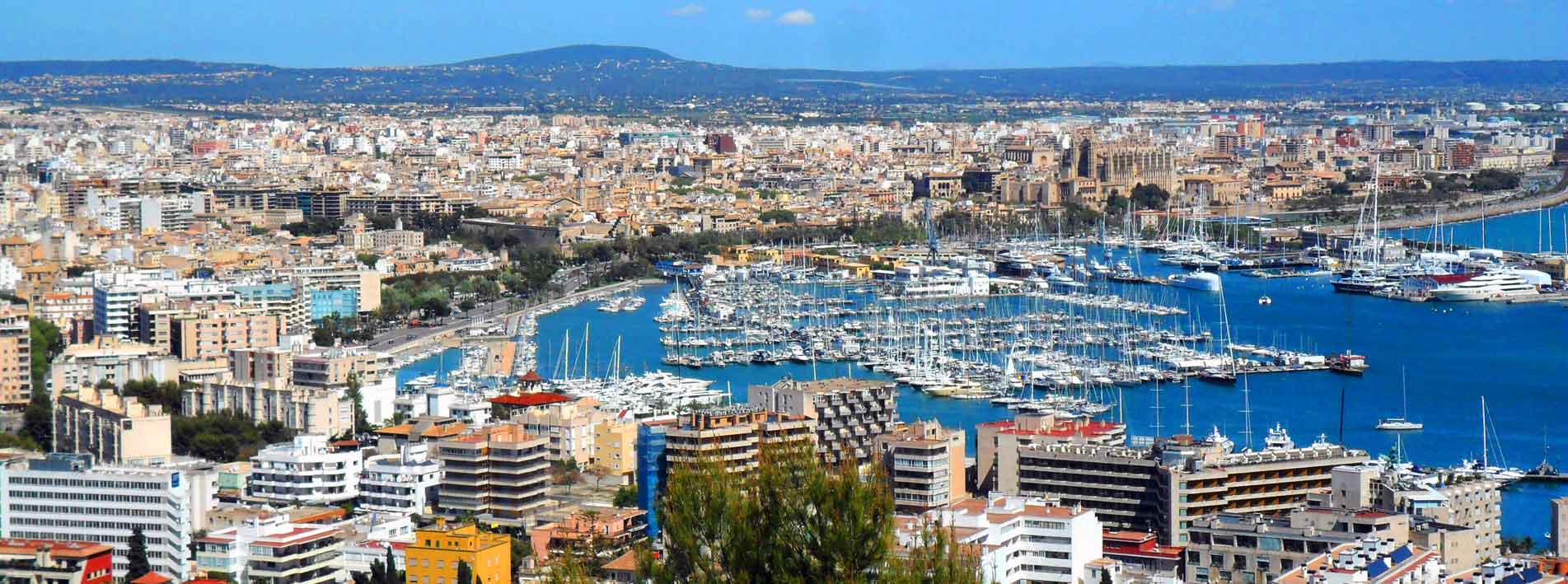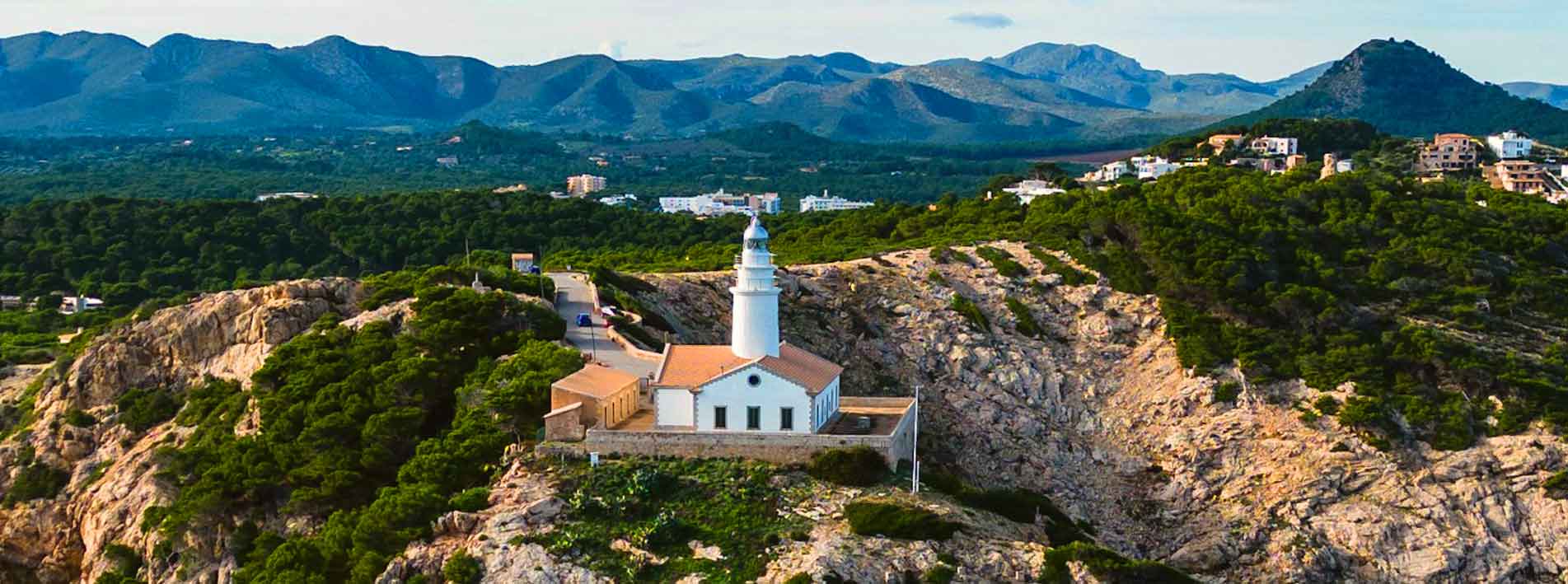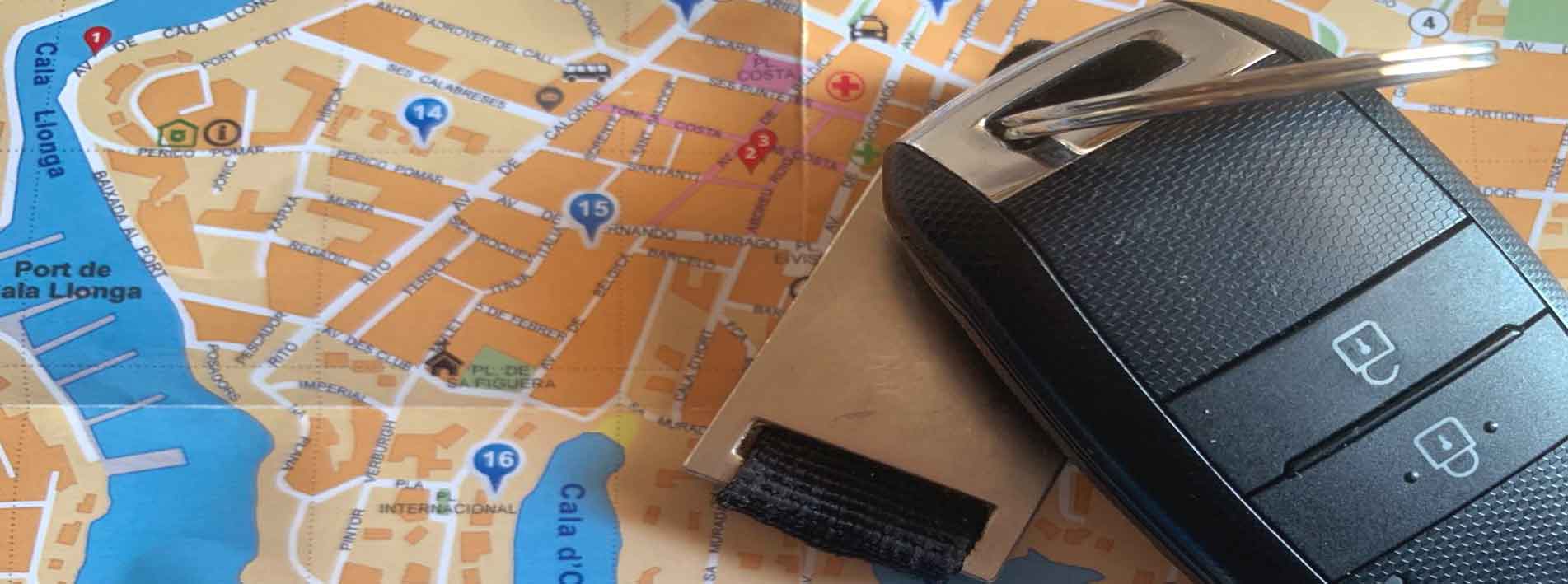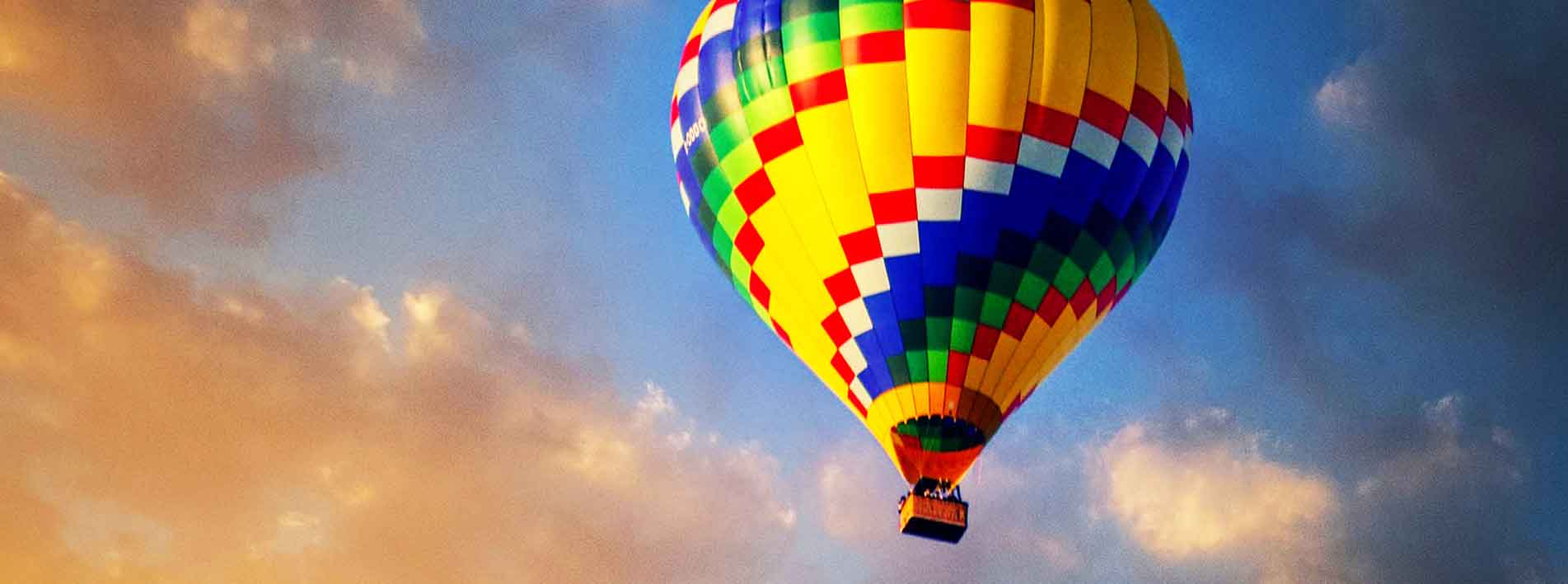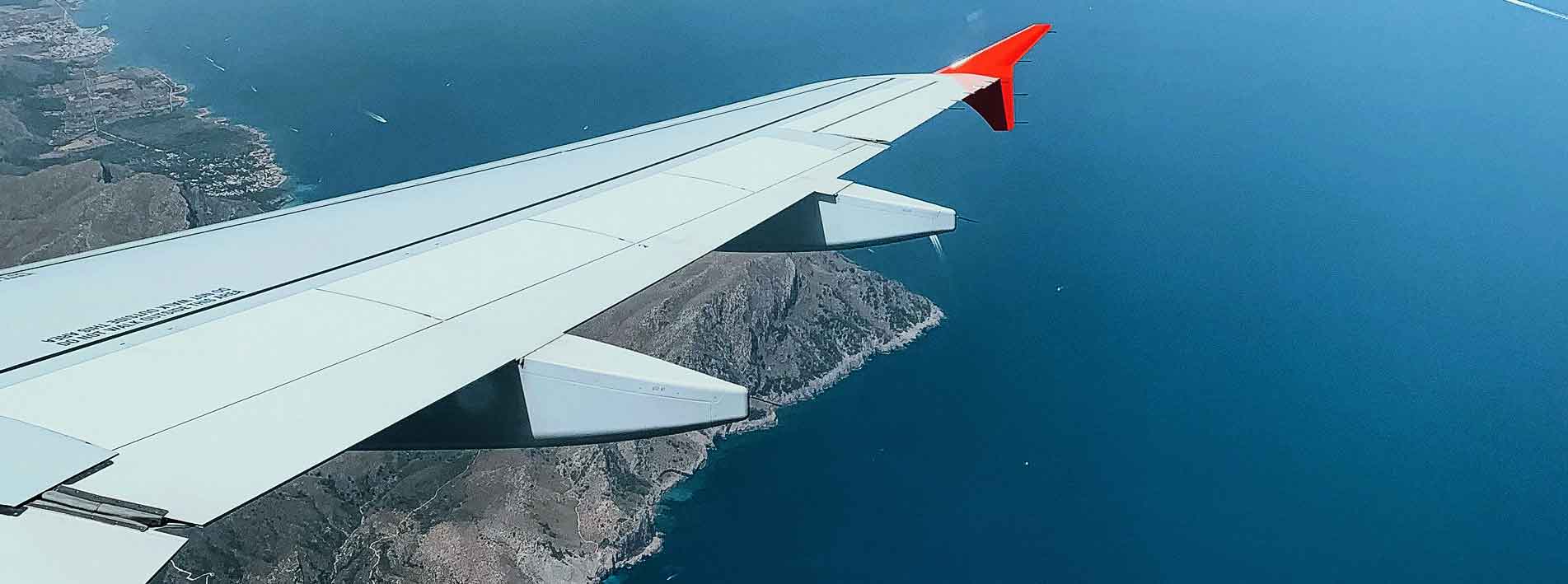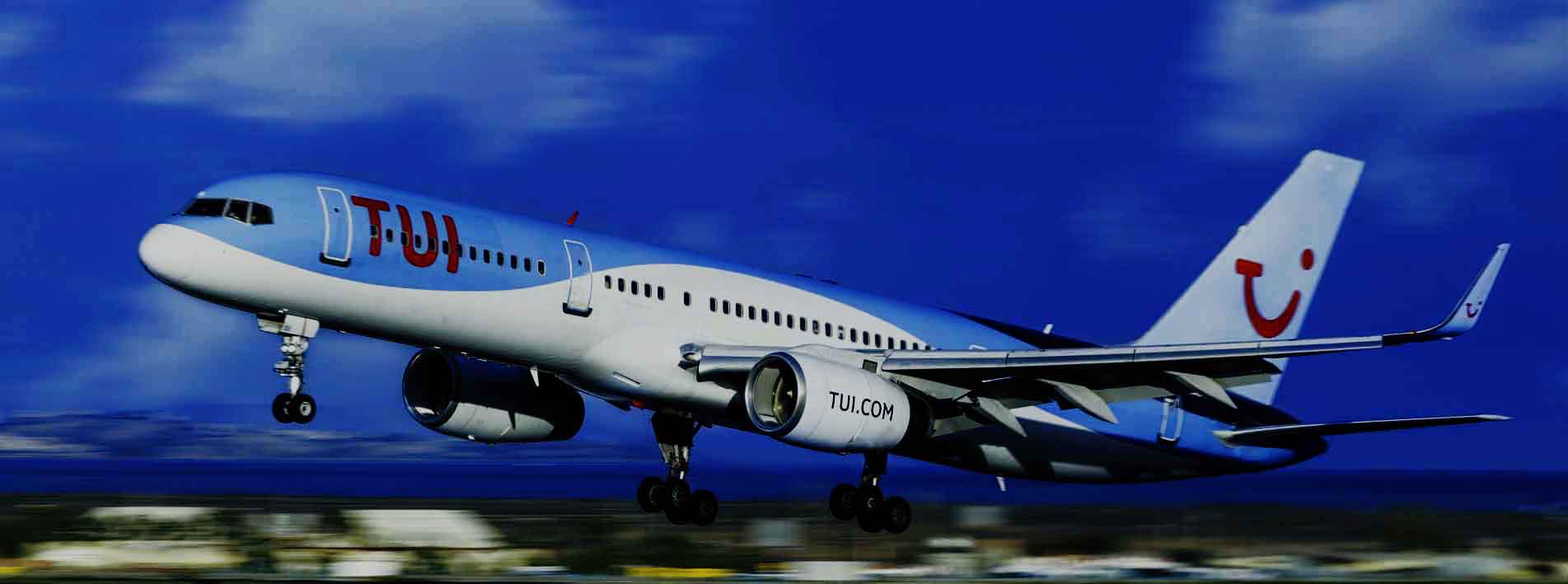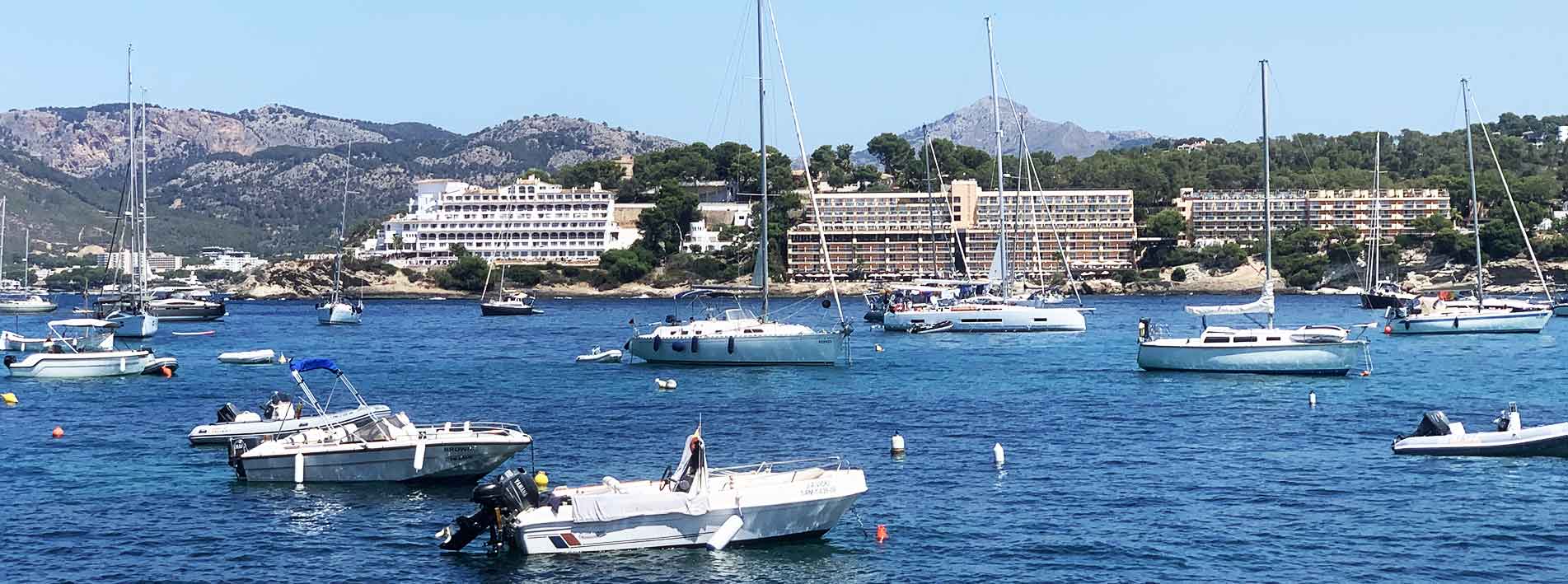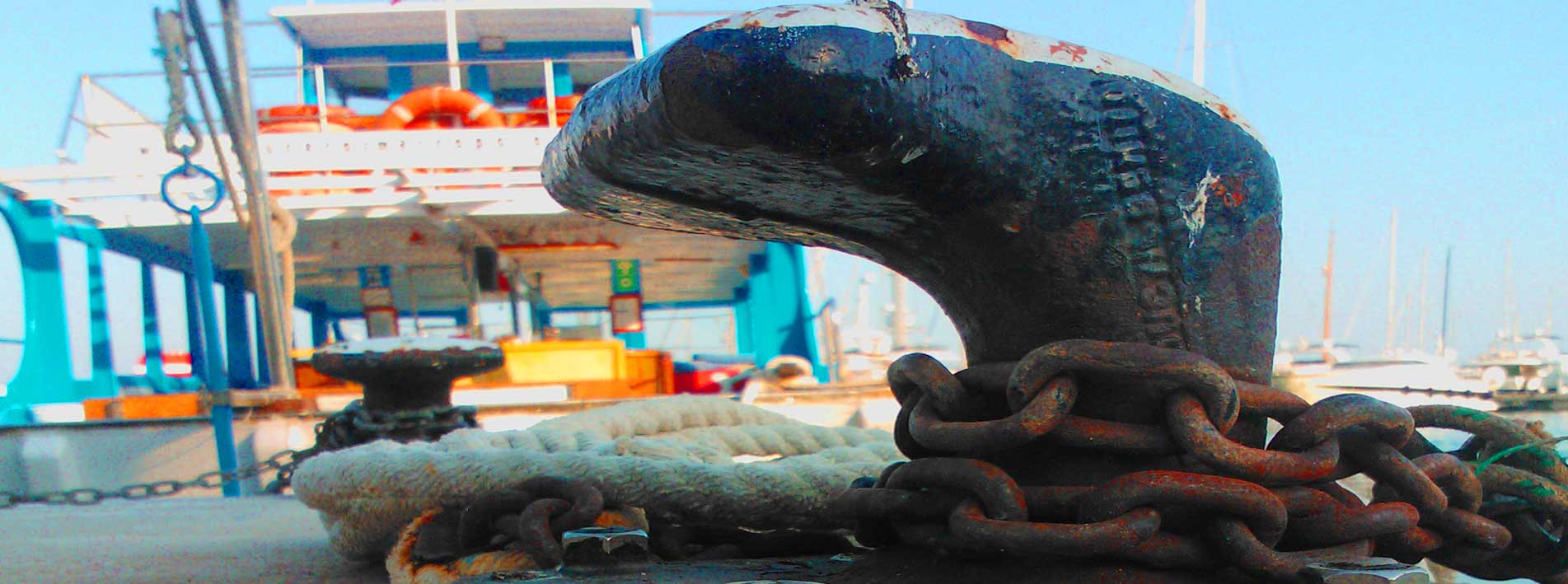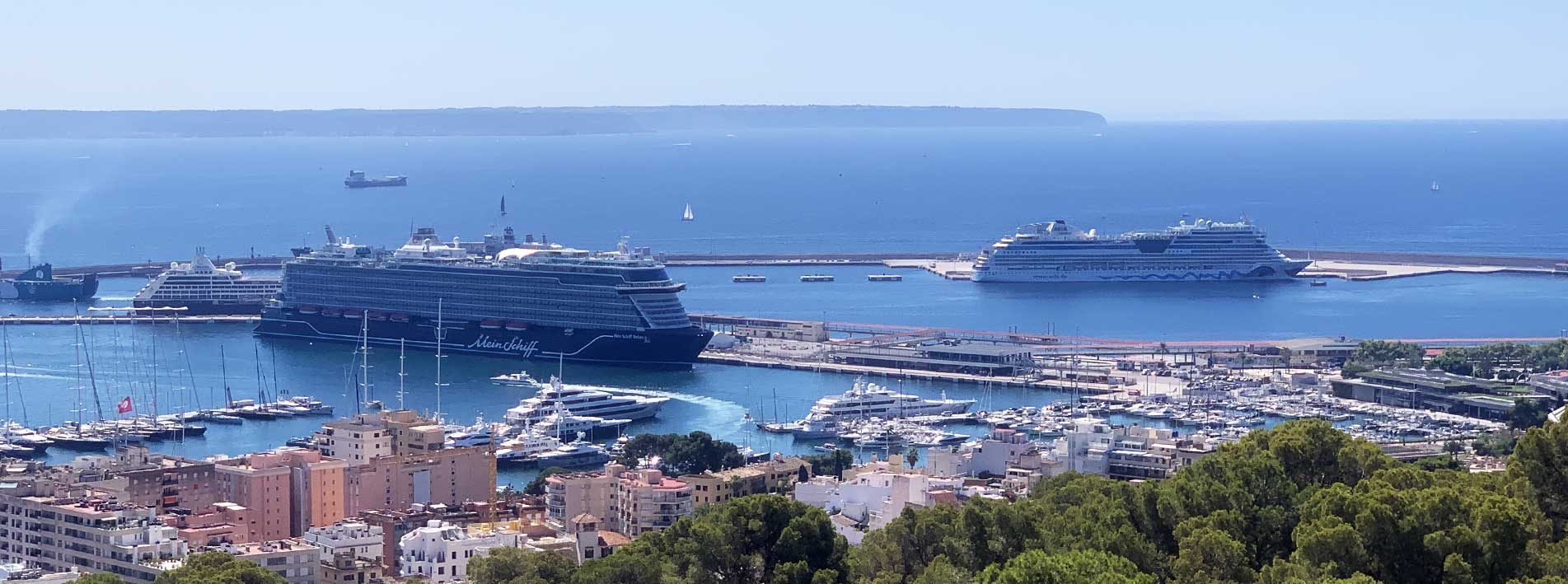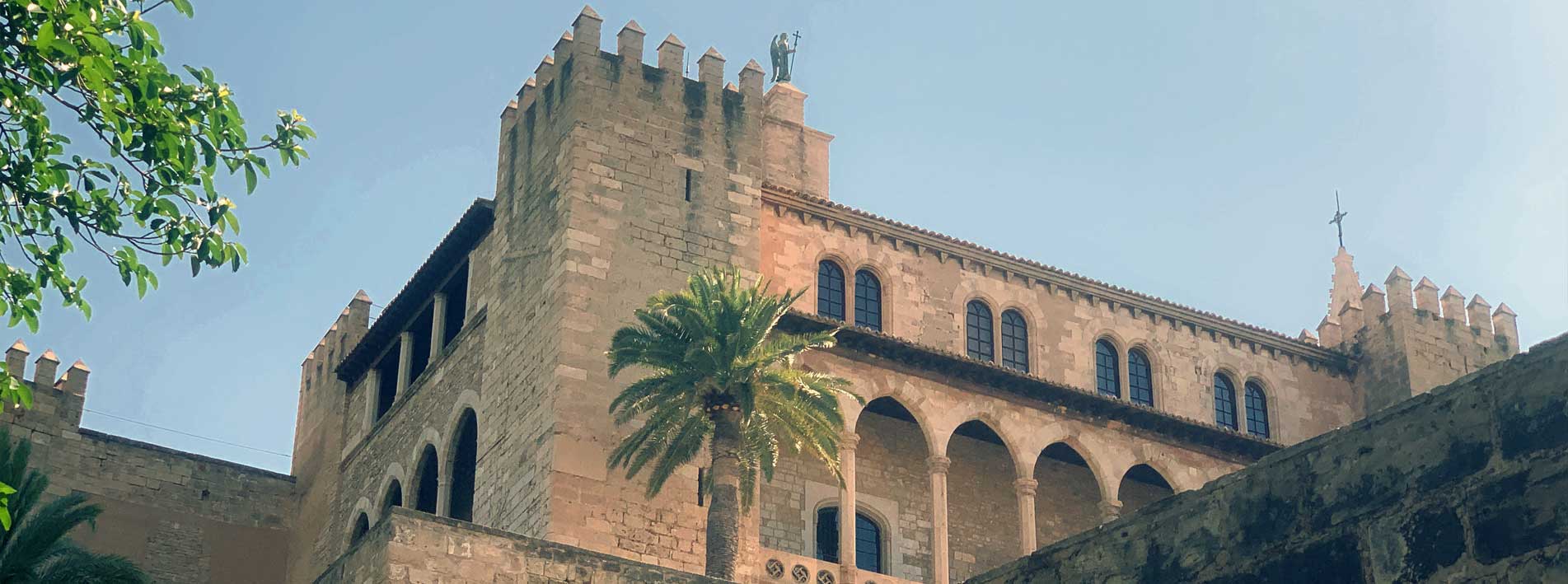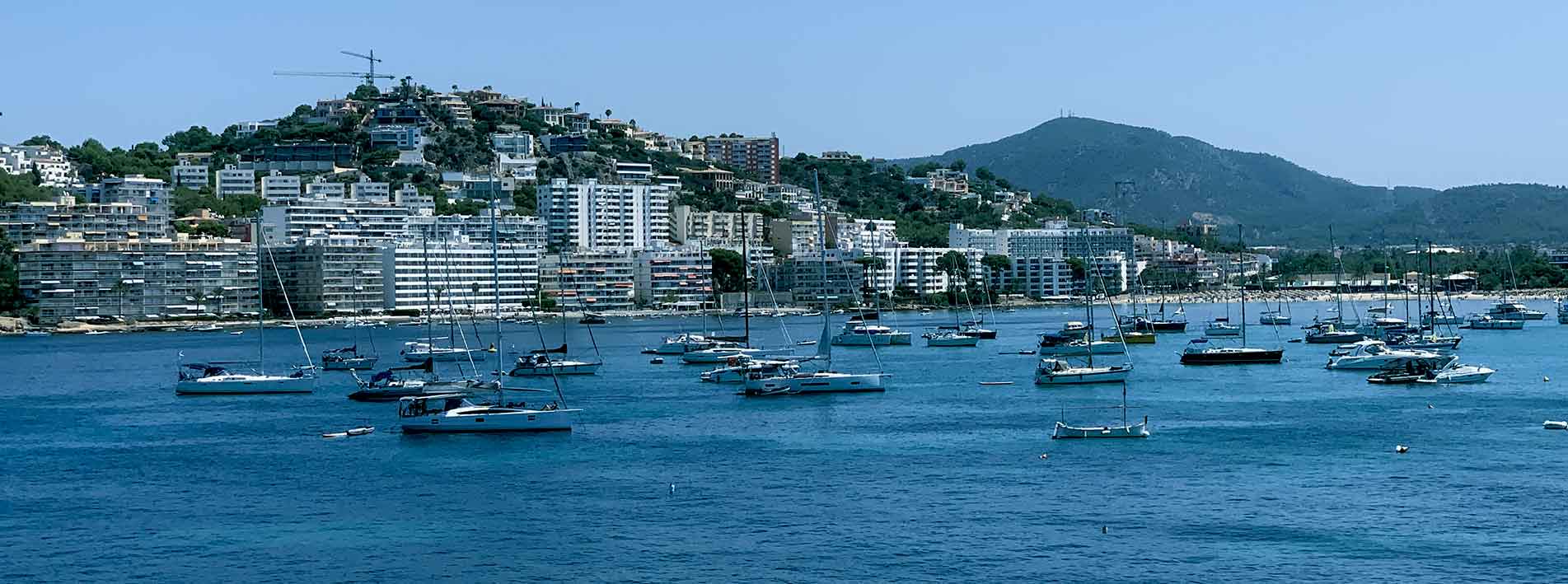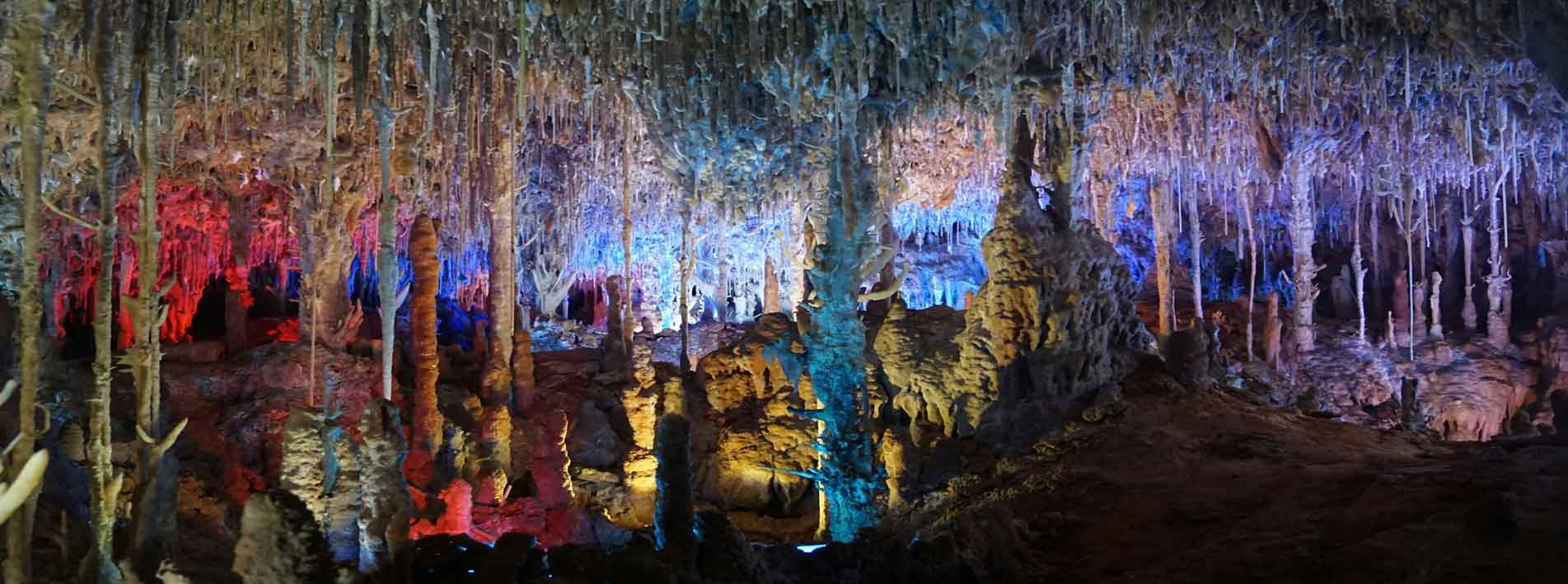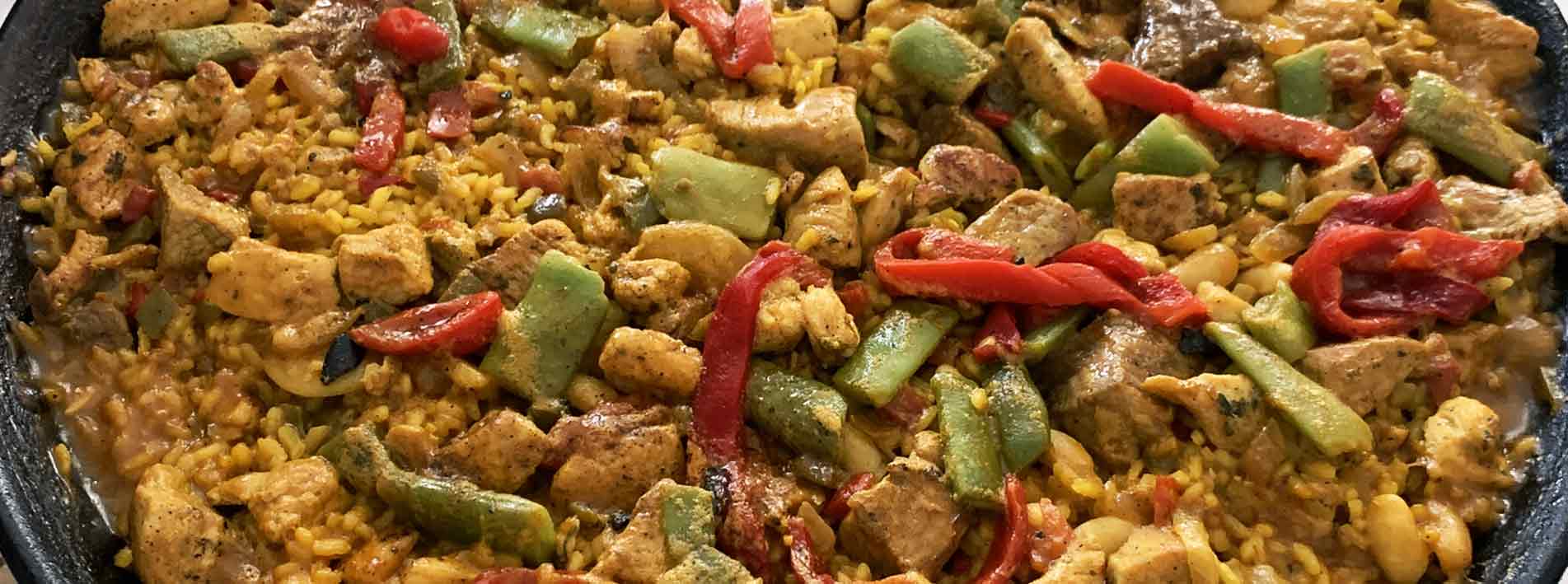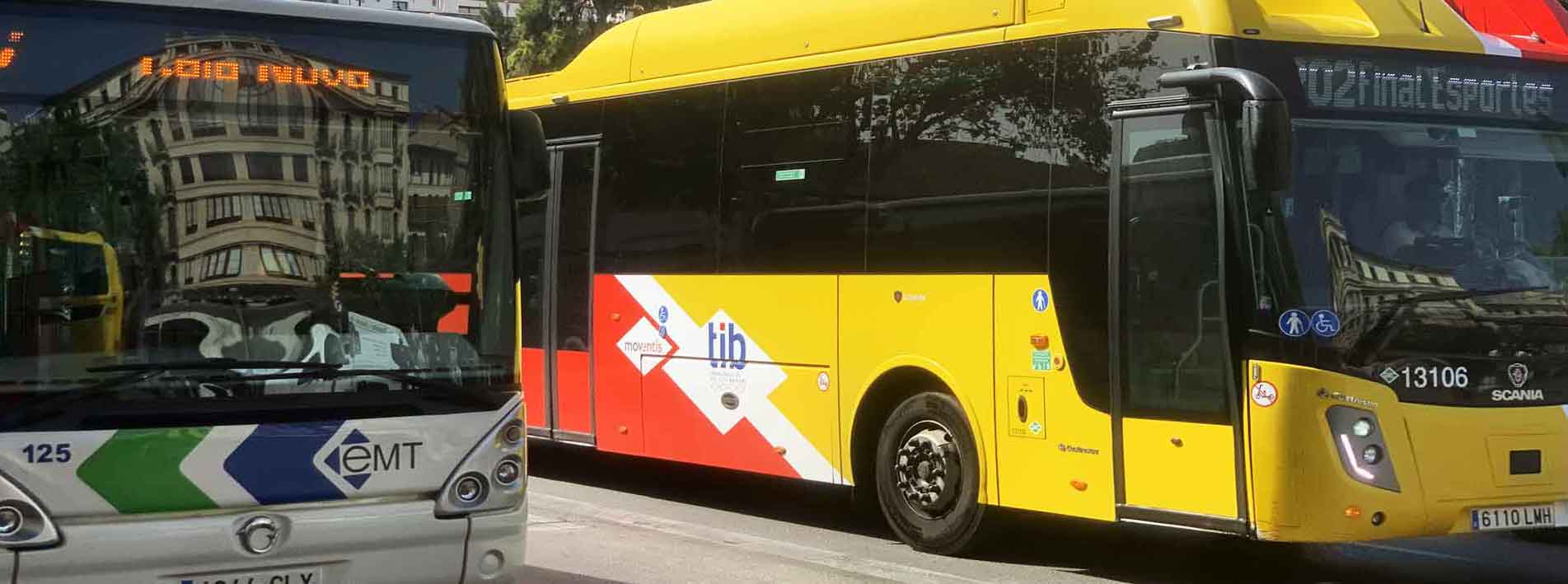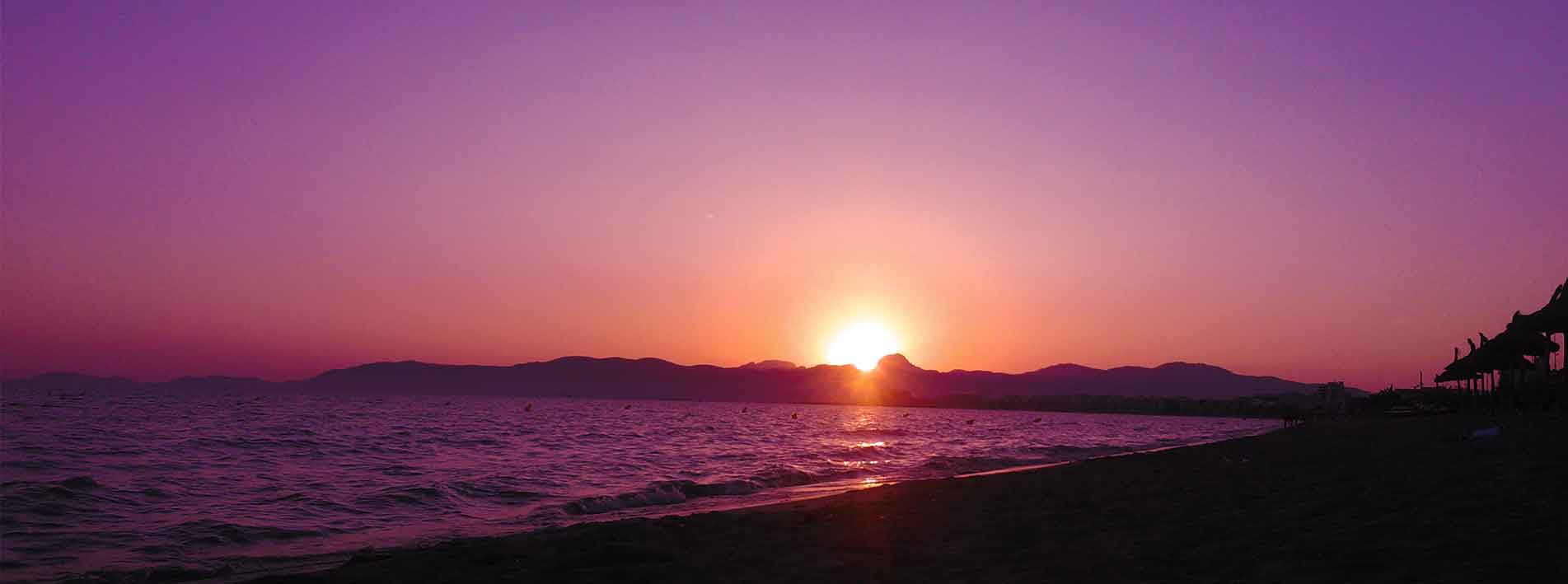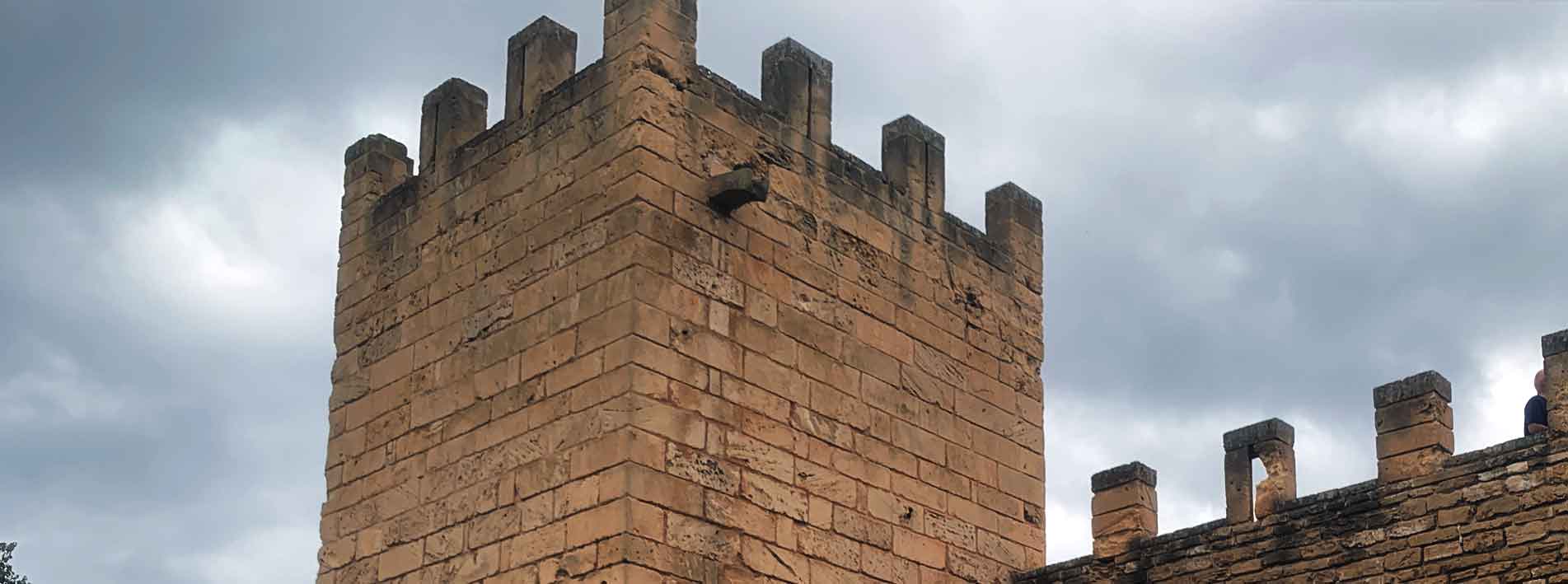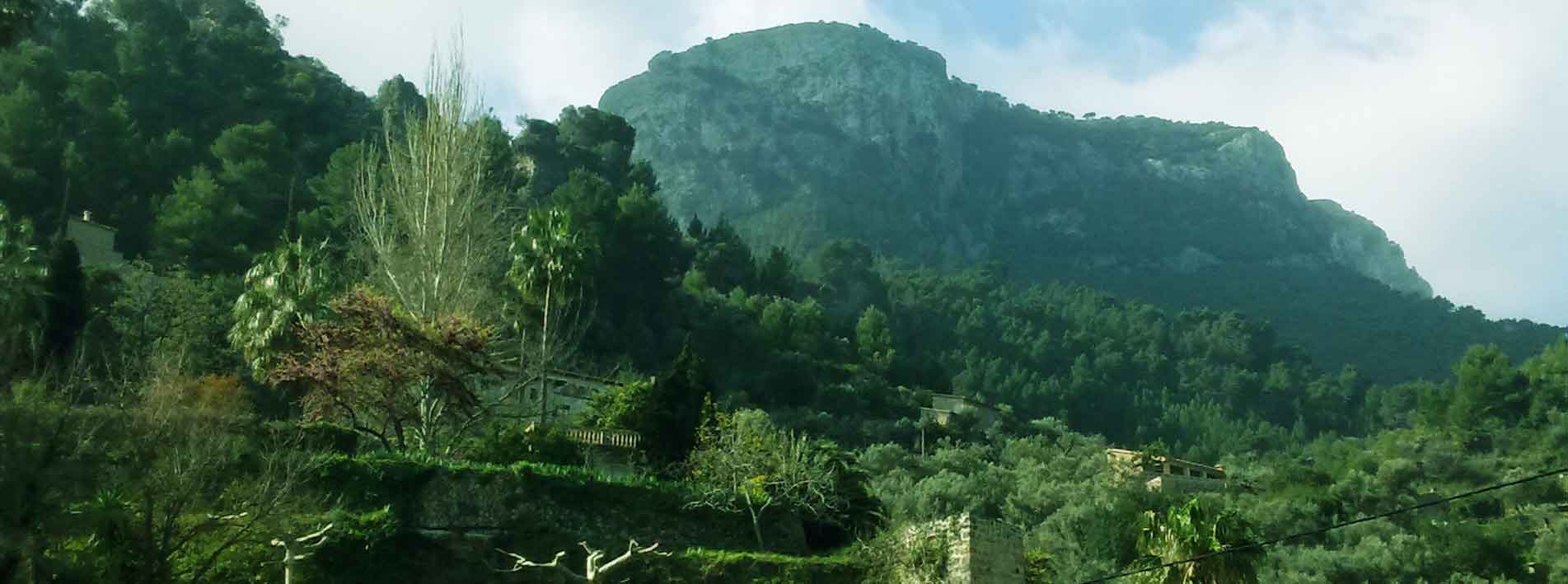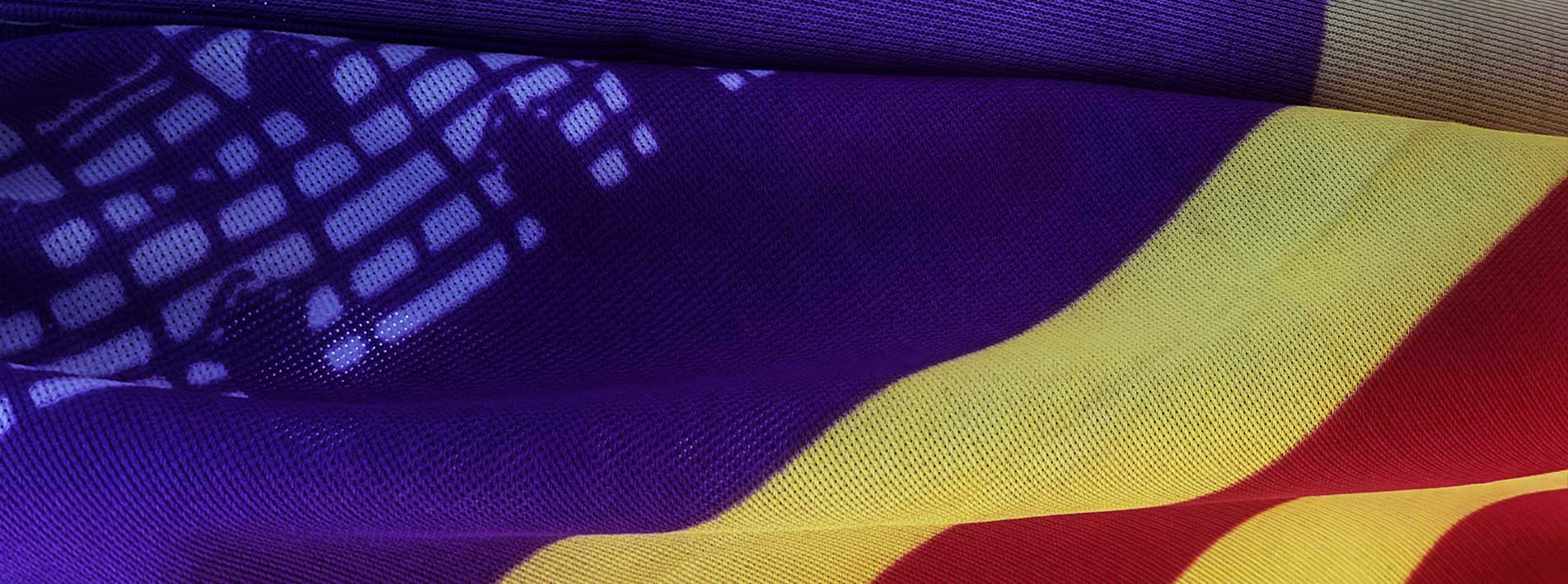Localities of Mallorca
According to the levels of administrative configuration in Mallorca, in a general sense, beyond its 53 municipalities -urban nuclei governed under the same government structure- the term ‘locality’ refers to any city, town, settlement, village, place or site that is not the capital of their respective municipalities. This term is used to differentiate the capital from the other towns in the municipalities. In fact, in Mallorca, municipalities are often subdivided into localities. Thus, on the island, a locality refers to any regional context or town that is not the capital or municipal seat.
Localities: Cities and towns of Mallorca
Settlements, towns, cities, coves, ports…: Localities of Mallorca
Localities of Mallorca can be defined by different criteria, such as their importance as a tourist destination, their leisure and service offer, or their geographical location. A locality, in general, refers to a specific place or area within a territory, usually a neighbourhood, a town or village, a colony or other irregular settlement that possesses unique characteristics or features and may or may not be inhabited. Broadly speaking, they can be classified or subdivided, as Localities of Mallorca, for example into:
Historic towns or neighbours (localities)
Some historic towns and hamlets in Mallorca are, for example, Palma de Mallorca: The capital of the island, with a historic centre full of history and architecture; Valldemossa: Known for its valley views and narrow stone streets, also a place of cultural interest; Sóller: Located in a beautiful valley, with a historic train station and natural landscapes; Deià: An artistic village with a quiet and picturesque atmosphere; Andratx: A mountain village with sea views and a relaxed atmosphere.
Towns or cities (localities) with beaches
Some towns and hamlets with beaches in Mallorca are, for example, Alcudia: Known for its long sandy beaches and lively atmosphere. Playa de Palma: One of the most popular beaches on the island, with a long promenade. Cala d’Or: A tourist resort with small coves and a marina. Cala Millor: A bay with a fine sandy beach and a family atmosphere. Cala Ratjada: A village with a natural cove and a quiet atmosphere…
Cities or towns (localities) with natural attractions
Some towns and communities with natural attractions in Mallorca are, for example, Porto Colom: A natural harbour overlooking the coast; Santanyí: With a wide offer of beaches and coves on the south coast of Mallorca; Campanet: A rural village with mountainous landscapes and caves; Sineu: Located in the centre of Mallorca, with a traditional market and a rural atmosphere…
Towns or hamlets (localities) with cultural attractions
Some towns and hamlets with a lot of cultural weight in Mallorca are, for example, Fornalutx: A UNESCO World Heritage village with traditional architecture and breathtaking landscapes; Artà: A medieval village with a peaceful atmosphere and a castle; Capdepera: A village with a famous medieval castle and sea views or, Pollença: A village with a historic church and an impressive traditional gastronomy.
Touristic localities of Mallorca
Tourism in Mallorca: The touristic Localities of Mallorca are basically all the places within the island that attract travellers for their beauty, historical, cultural, natural or recreational attractions. This includes both major cities such as Palma, the island’s capital, (with its old town, cathedral, Bellver Castle and the Almudaina Royal Palace as an ideal starting point for exploring the island) and the beautiful coastal and mountain hamlets.
The main tourist localities of Mallorca include: Palma de Mallorca, Sóller, Valldemossa, Alcudia, Pollença and various coves and beaches along the coast. In short, the Localities of Mallorca are a mixture of cities cities, with history and culture, coastal towns with paradisiacal beaches and inland communities with natural landscapes and charm.
Other tourist towns or localities in Mallorca
Manacor: In the east, with the Caves of Drach. Sóller: On the northwest coast, surrounded by mountains. Valldemossa: Inland, known for its views and monastery. Inca: Inland town, with market and handicrafts.
Coastal towns in Mallorca
Deià: Picturesque village in the Tramuntana mountain range. Cala d’Or: On the southeast coast. Cala Millor: On the northeast coast. Playa de Palma/El Arenal: Popular beaches near the capital.
Inland cities of Mallorca
Campanet: Village in the mountainous area. Sineu: Village in the centre of the island… and many other charming settlements in the interior of the island and along the coast, such as Fornalutx, which has been recognised as one of the most beautiful cities in Mallorca.
Coves and beaches of Mallorca
Mallorca has numerous coves and beaches, such as Playa de Es Trenc, Cala Mondragó and the coves in the northeast of the island, Cala d’Or, a tourist port with coves and beaches with crystalline waters.
In short, the toruistic Localities of Mallorca are very diverse and offer a wide range of experiences for the visitor, from beaches and coves to historic and natural cities. We will be talking about them and other important attractions of the island in this section of our tourism portal in Mallorca.
Territorial structure of Mallorca
Mallorca is territorially structured in different áreas, zones or regions (north, south, central, east, west, etc…). These areas are geographically structured into six counties, districts or commonwealds (‘comarques’) with their respective municipalities, being Palma the largest and most populated one. Within the municipalities, Mallorca is made up of different localities (cities, towns, rural communities, hamlets, neighbourhoods, spas, resorts, etc.)
In short, the territorial structure of Mallorca is characterised by a combination of geographical áreas (zones or regions), ‘comarques’ (counties, districts), municipalities and different localities.

